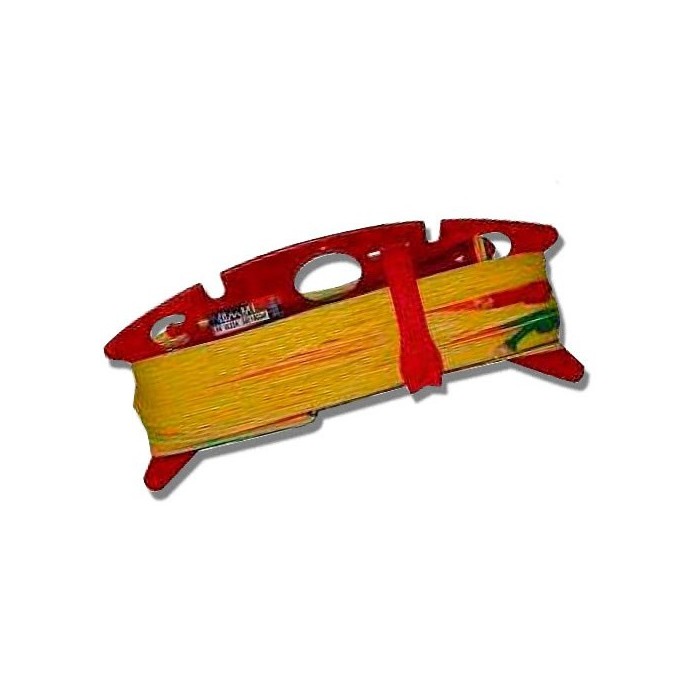- Out-of-Stock



€34
The new ultimate line!
Even thinner than the Combat SK for the same breaking load. Extremely low stretch and tough.
Main line: orange, brake line: neon yellow.
 Security policy
Security policy
(edit with the Customer Reassurance module)
 Delivery policy
Delivery policy
(edit with the Customer Reassurance module)
 Return policy
Return policy
(edit with the Customer Reassurance module)
| kite discipline | Top line strength | Brake line strenght |
|---|---|---|
| sport/trick flying | 25 - 110Kg | - |
| powerkiting | 170 - 210Kg | 75 -110Kg |
| kite buggying | 170 - 300Kg | 75 - 110Kg |
| landboarding/snowkiting | 300 - 375Kg | 300 - 375Kg |
| kiteboarding | 300 - 500Kg | 300 - 375Kg |
Which line strength you should use depends on a number of factors. Ideally one would use multiple line-sets for the same kite for different wind speeds to get the best possible performance. You can imagine that a 2m 4-line foilkite flies great in 20 knots on 200kg steering lines, but fly that same kite with the same lines in 10 knots and you will notice that the lines sag, making steering less responsive.
Even pilot skill and riding style comes in to play when we look at buggy racers, smooth technical racers will use 200 to 250kg steering lines where heavier and/or more aggressive racers will use 300kg lines or even stronger.
Generally high winds and/or heavier pilots require stronger lines.
Line lenght is very much preferential, the rule of thumb is: Shorter lines make steering more direct with the sacrifice of low end performance and long lines give the kite a better low end at the sacrifice of kite responsiveness.
Dyneema® is without a doubt the best possible line to use for kiting, however there are a few things to look out for when using Dyneema® lines;
Knots - Dyneema® handles knots poorly, this is why the lines have sleeves at the ends where the knots are, the sleeves are there to protect the line itself.
As an example: put a knot in a 200kg line and you will cut its breaking strength in half and under tension the line will break right at the knot.
Melting - In comparison to other kite flying lines such as Nylon, Dacron or Aramid/Kevlar, Dyneema's melting point/temperature is lower so if you ever tangle your 4-line powerkite with a single line kids kite (which are generally flown on Nylon lines) chances are you'll lose.
Your review appreciation cannot be sent
Report comment
Report sent
Your report cannot be sent
Write your review
Review sent
Your review cannot be sent

The new ultimate line!
Even thinner than the Combat SK for the same breaking load. Extremely low stretch and tough.
Main line: orange, brake line: neon yellow.
check_circle
check_circle